Disclosure: This article contains affiliate links. We may earn a commission from purchases at no extra cost to you, which helps our travel content.
The financial analyst in me has always appreciated the concept of diversification—spreading investments across different assets to maximize returns while minimizing risk. Thailand, I've discovered, offers the perfect travel equivalent: a portfolio of experiences that delivers consistent returns in the form of memories, growth, and rejuvenation. During my recent winter sabbatical, I crafted a 14-day journey from Bangkok's urban energy to Chiang Mai's mountain sanctuaries that balanced my need for cultural immersion with adrenaline-inducing adventure. Having explored 47 countries across five continents, I can confidently say this Bangkok to Chiang Mai route offers one of the highest ROIs (Return on Itinerary) I've ever experienced. What follows is my data-driven yet soul-nourishing guide to navigating this remarkable country during its optimal season, with specific allocations of time and resources to maximize your Thai adventure dividends.
Bangkok: Urban Immersion & Cultural Capital
My relationship with Bangkok has evolved like a well-managed investment account—initial volatility giving way to steady appreciation over time. The city demands 3-4 days of your itinerary capital, beginning with the Grand Palace complex where I spent a meditative morning before the crowds arrived. The intricate details of the Emerald Buddha temple provided a centering experience that helped me transition from finance mode to travel mindfulness.
Bangkok's nightlife deserves strategic allocation of your energy. Skip the tourist-heavy Khao San Road and instead venture to Soi Nana in Chinatown, where I discovered Teens of Thailand, a gin bar housed in a 150-year-old shophouse. The proprietor's knowledge of botanical infusions rivaled any wellness practitioner I've encountered, creating drinks that felt both indulgent and restorative.
For cultural immersion with an edge, I recommend an evening at Muay Thai Live at Asiatique, which combines athletic prowess with theatrical storytelling. The performance illuminates how combat traditions evolve into cultural preservation—something that resonated deeply with my own journey reconnecting with my Tlingit heritage.
Don't overlook Bangkok's water highways. I booked an evening longtail boat tour through the canals (khlongs) of Thonburi with a local guide who shared how these waterways once earned Bangkok the moniker 'Venice of the East.' Watching families perform their evening rituals along the water's edge offered an intimate glimpse into Thai domestic life that no temple tour could provide. My waterproof phone case proved essential here, allowing me to capture stunning sunset photos without worrying about water damage.
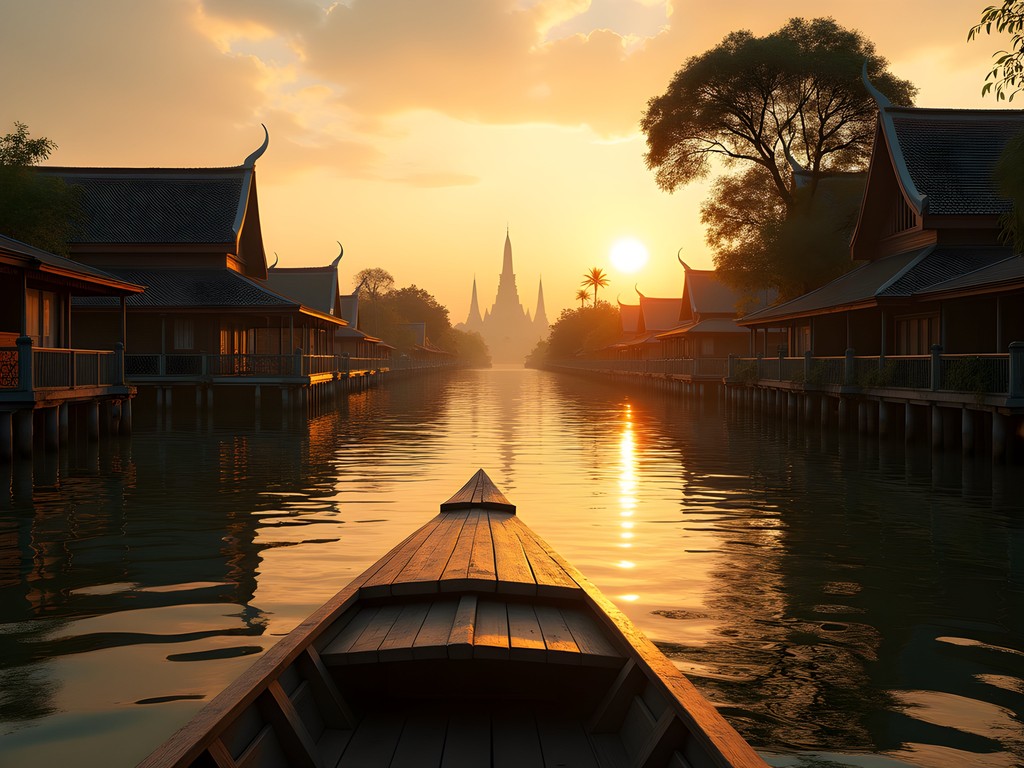
💡 Pro Tips
- Visit the Grand Palace at 8:30 AM sharp to beat both crowds and heat
- For authentic street food without tourist markup, head to Chinatown's Yaowarat Road after 7 PM
- Book accommodations near BTS stations to maximize mobility while minimizing transportation costs
Ayutthaya: The Strategic Historical Layover
En route to northern Thailand, I've found that a 1-2 day investment in Ayutthaya yields substantial cultural returns. This former capital represents Thailand's historical backbone—much like how understanding market history informs financial forecasting. Rather than joining the standard day trip crowds from Bangkok, I opted to stay overnight, allowing me to experience the ruins during the magical golden hours when most tourists are absent.
Renting a bicycle proved the optimal way to navigate the scattered temple complexes. The circuit beginning with Wat Mahathat (home to the famous Buddha head entwined in tree roots) and ending at Wat Chaiwatthanaram for sunset created a perfect arc of exploration. Between temple visits, I stopped at Baan Kao Nhom, a riverside café where I sampled roti sai mai, Ayutthaya's signature candy floss wrapped in thin pancakes—a sweet dividend for the day's physical exertion.
During my evening exploration, I witnessed a monk-led meditation session at Wat Phutthaisawan that welcomed visitors. This impromptu spiritual practice became one of the journey's most centering experiences, reminding me that the best travel investments often come from unplanned opportunities.
For those seeking a unique vantage point, consider a sunset boat tour circling the island. My compact binoculars allowed me to spot details on distant stupas and observe river life that would have otherwise gone unnoticed. The perspective gained from water level adds another dimension to understanding how this island city once functioned as Southeast Asia's commercial and diplomatic hub.
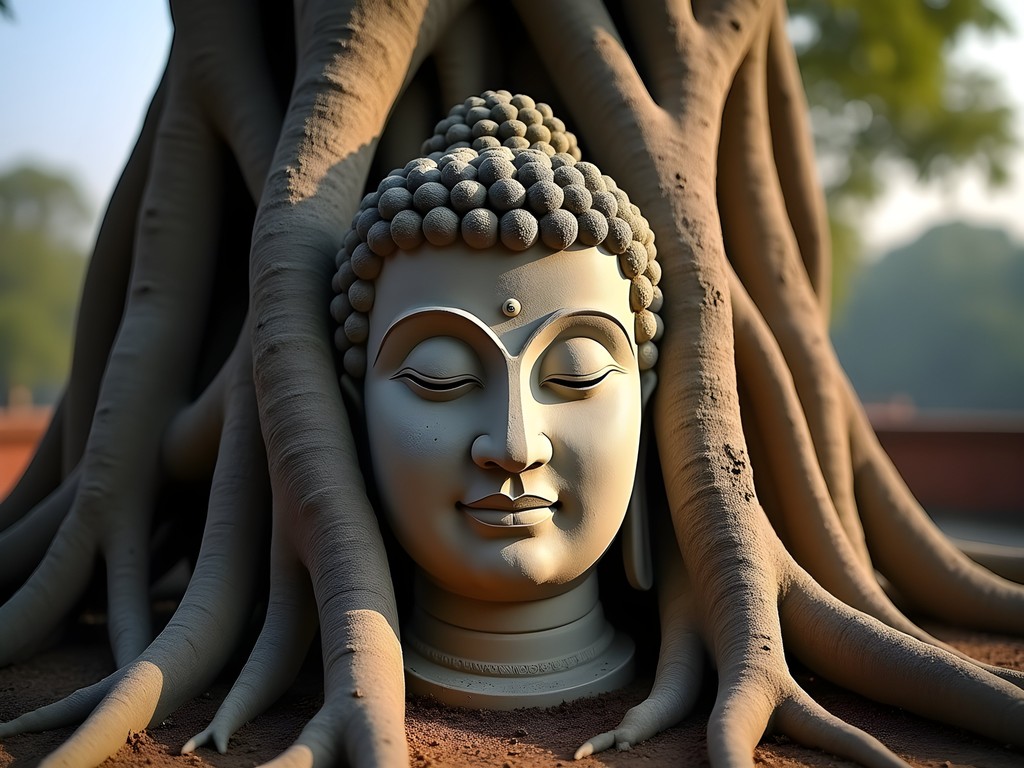
💡 Pro Tips
- Stay overnight to experience the ruins during early morning and evening when lighting is optimal and crowds are minimal
- The Historical Study Center provides crucial context but is often skipped by tour groups—allocate 30 minutes here before exploring
- Pack a reusable water bottle with filtration capability—the Thai sun is relentless even in winter months
Sukhothai: The Undervalued Asset
Any financial analyst knows the value of identifying undervalued assets, and Sukhothai is precisely that in Thailand's tourism landscape. I allocated 2 days to this UNESCO World Heritage Site, which predates Ayutthaya as Siam's first capital. The historical park's meticulous layout reflects the advanced urban planning of 13th-century Thailand—a testament to the kingdom's sophisticated infrastructure long before Western powers achieved similar capabilities.
Renting an electric scooter proved the optimal strategy for covering the expansive grounds while maintaining energy reserves. The central zone contains the most impressive structures, but I found the northern zone's Wat Si Chum, housing a massive seated Buddha peeking through a narrow opening, to be the most spiritually moving. Sitting in contemplation here at sunset, I experienced a profound connection to both Thai Buddhist traditions and my own indigenous spiritual practices—a reminder that wisdom traditions often share universal truths across cultural boundaries.
I recommend staying at one of the boutique guesthouses near the historical park's entrance rather than in New Sukhothai town. This proximity allowed me to enter the park at 6:30 AM, experiencing the morning light illuminate Wat Mahathat's lotus-bud stupas in solitude—a moment of tranquility that felt like a spiritual dividend on my time investment.
During the heat of midday, I retreated to Boon Lott's Elephant Sanctuary, about 45 minutes from the historical park. Unlike operations offering riding or performances, this sanctuary focuses on rehabilitation and natural behavior. Observing elephants in a responsible setting provided a balanced perspective on wildlife tourism in Thailand, where ethical considerations should outweigh entertainment value—much like how ESG factors increasingly influence investment decisions.

💡 Pro Tips
- Visit the Ramkhamhaeng National Museum before exploring the ruins to understand the historical context and significance of what you're seeing
- The light and sound show (seasonal) offers valuable historical context through multimedia storytelling—check schedules in advance
- Local songthaews (shared taxis) offer better value than private taxis when traveling between New Sukhothai and the historical park
Chiang Mai: Cultural Highlands & Adventure Base
Arriving in Chiang Mai feels like reaching the diversification sweet spot in your travel portfolio—a perfect balance of cultural immersion, adventure opportunities, and wellness experiences. I recommend allocating 5-7 days here, using the city as your base for both urban exploration and excursions into the surrounding mountains.
Start with two days in the Old City, where I found the morning alms-giving to monks followed by exploration of lesser-known temples like Wat Umong (featuring underground tunnels) and Wat Pha Lat (hidden in the jungle halfway up Doi Suthep mountain) offered deeper cultural insights than the more frequented sites. For nightlife that balances cultural authenticity with modern energy, the North Gate Jazz Co-Op provided live music in an intimate setting where I conversed with local musicians about the evolution of Thai musical traditions.
The Sunday Walking Street market transcends typical tourist shopping—it's a masterclass in Northern Thai craftsmanship. I invested in a handwoven indigo textile from a Karen weaver who explained how different patterns tell specific cultural stories, much like how my Tlingit ancestors used formline design to communicate lineage and mythology.
For adventure seekers, I recommend a 2-day trek in the Doi Inthanon region with a guide from the Karen or Hmong communities. My hiking daypack proved perfect for carrying essentials while maintaining mobility on challenging trails. The trek included overnight accommodation in a village homestay, where I participated in traditional cooking methods and learned about medicinal plants that have been used for generations—knowledge systems that parallel indigenous wellness practices I've studied in Alaska.
Balance your physical exertion with Chiang Mai's wellness offerings. I booked an authentic Lanna-style massage at a studio run by former inmates trained through the Thai government's rehabilitation program—a reminder that responsible tourism can support social enterprises with measurable community impact. For those seeking deeper wellness experiences, the meditation cushion I packed allowed me to join morning meditation sessions at Wat Suan Dok's monk chat program, creating space for reflection amidst the journey's activities.

💡 Pro Tips
- Book cooking classes that include market tours for insight into northern Thai ingredients and techniques not found in southern regions
- Visit temples before 9 AM or after 4 PM to avoid both tour groups and midday heat
- When trekking, pack layers—mountain temperatures can drop significantly at night even during winter months
Pai: The High-Yield Adventure Extension
For travelers with flexibility in their portfolio timeline, I recommend a 2-3 day position in Pai, a mountain town 3 hours northwest of Chiang Mai. While some dismiss it as overly touristic, strategic timing and activity selection yield exceptional experiential returns.
The journey itself deserves mention—762 curves through mountain roads that test even seasoned travelers' equilibrium. I recommend motion sickness prevention and securing a seat near the front of the minivan if you don't rent your own transportation. The physical investment pays dividends upon arrival in this valley town surrounded by dramatic landscapes.
Pai's wellness offerings provide excellent recovery opportunities after Bangkok's urban intensity. I started each morning with yoga at Pai Yoga Shala, where classes are held in open-air bamboo studios overlooking rice fields. This mindfulness practice prepared me for active adventures including motorbiking to Mor Paeng waterfall and hiking the Pai Canyon ridge trail, which offers spectacular sunset vistas for those willing to navigate its narrow paths.
The town's nightlife provides fascinating data points on cultural fusion. At Jikko Beer, I sampled craft brews incorporating local ingredients like lemongrass and tamarind while conversing with the Thai brewmaster about how traditional fermentation techniques inform modern brewing—a perfect metaphor for Thailand's balance of tradition and innovation.
For a truly distinctive experience, I spent one night at the portable hammock camping area near Pai's hot springs, where soaking in mineral-rich waters under stars provided both physical recovery and mental recalibration. The natural lithium content in these springs is said to have mood-stabilizing properties—a wellness benefit I could subjectively confirm after my visit.
Don't miss the Wednesday Market where hill tribe vendors sell textiles and handicrafts directly to consumers. I purchased a hand-embroidered jacket from a Lisu artisan who explained how each geometric pattern represented different elements of their cosmology—a tangible connection to cultural preservation efforts that resonated with my own interest in indigenous craft traditions.
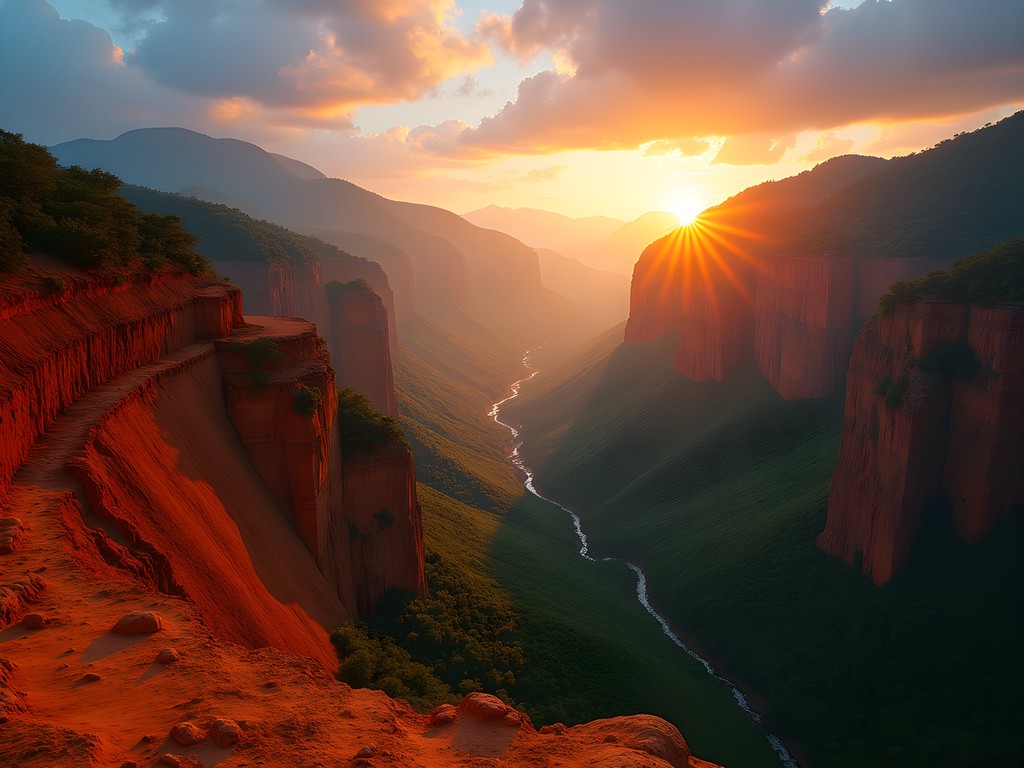
💡 Pro Tips
- Take the earliest morning van from Chiang Mai (7 AM) to avoid both traffic and the strongest heat during the winding mountain journey
- Rent a motorbike only if you have experience—Pai's roads require confident handling and awareness
- Visit Pai Canyon in late afternoon when the light is optimal for photography and temperatures are cooler for hiking
Final Thoughts
This Bangkok to Chiang Mai journey represents what I call a 'complete portfolio'—a balanced allocation of urban energy, historical appreciation, cultural immersion, and natural adventure. Like any well-managed investment strategy, the key lies in diversification and strategic timing. Winter offers Thailand's optimal conditions: moderate temperatures in the north, minimal rainfall, and manageable humidity levels that maximize both comfort and photographic opportunities. As I returned to my finance career in Winston-Salem, I found myself drawing on this journey's lessons in balance and presence—proof that travel's dividends continue paying long after the experience ends. Whether you're traveling with friends seeking adventure or colleagues needing respite from professional demands, this itinerary offers exceptional returns on your investment of time and resources. The question isn't whether you can afford this journey—it's whether you can afford to miss it.
✨ Key Takeaways
- Thailand's winter season (November-February) offers ideal conditions for combining urban exploration with mountain adventures
- Allocating time for overnight stays in historical sites rather than day trips provides exponentially better experiences and photography opportunities
- Building in recovery days between high-intensity activities ensures sustainable energy throughout a two-week adventure itinerary
- Engaging with local social enterprises and community-based tourism initiatives creates more meaningful connections than standard tourist experiences
📋 Practical Information
Best Time to Visit
November through February (cool, dry season)
Budget Estimate
$1,800-$2,500 per person for 14 days (excluding international flights)
Recommended Duration
14-16 days
Difficulty Level
Moderate To Challenging (Depending On Trek Selections)
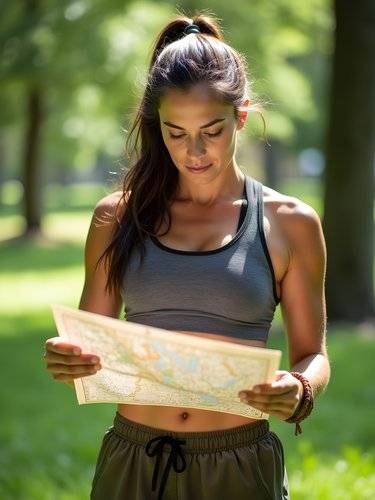
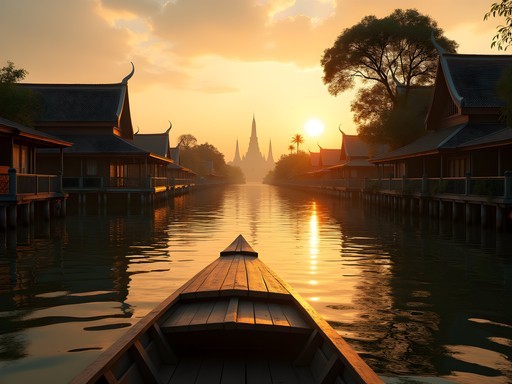

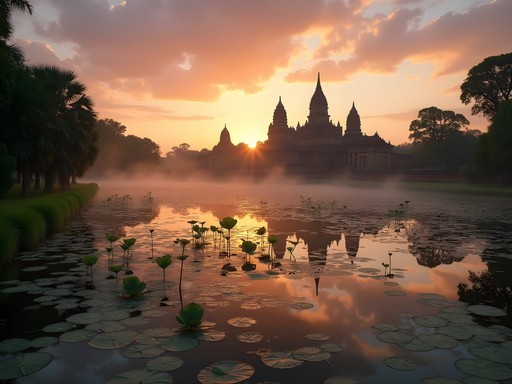

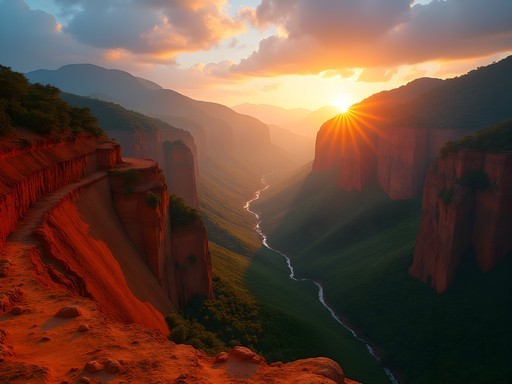








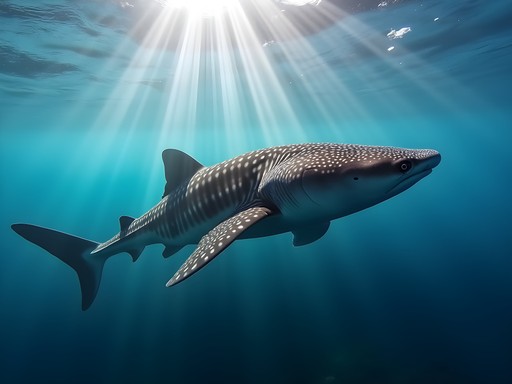
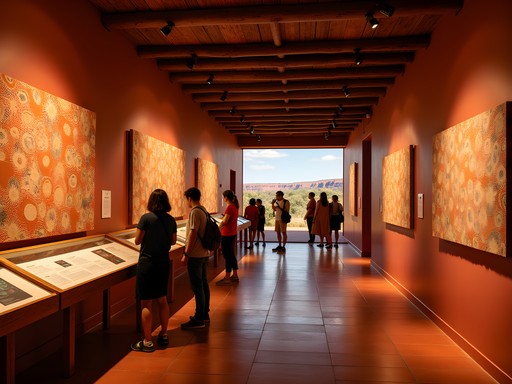
Comments
sunsetqueen
Those temple photos are incredible! 😍
Douglas Bradley
Riley, I appreciate how you've structured this itinerary like a financial portfolio - clever approach! I'd add that for travelers with limited time, the strategic decision between Ayutthaya and Sukhothai is crucial. Ayutthaya works as a day trip from Bangkok, while Sukhothai requires more commitment but offers better returns (to continue your investment metaphor). I found staying overnight in Ayutthaya worthwhile though - the ruins are magical at sunrise before tour groups arrive. For anyone following this route, I'd recommend allocating your 'travel capital' to include at least one cooking class in Chiang Mai - the investment in culinary knowledge pays dividends long after returning home.
dreamlover
LOVE THIS SO MUCH! I've been to Thailand 4 times and this route is perfect. One tip I'd add - in Chiang Mai, get out to Doi Inthanon if you can. The mountain temples are incredible and it's so much cooler up there. Also, the Sunday night market in Chiang Mai is a must - go hungry!
moonvibes
Thanks for the tips! How many days would you recommend for Chiang Mai?
dreamlover
At least 3-4 days in Chiang Mai itself, plus extra if you want to do any trekking or elephant sanctuary visits. We spent a week and it wasn't enough!
roamlegend
We just did this exact route last month! Totally agree about Sukhothai being undervalued - we almost skipped it but it ended up being our favorite stop. Way less crowded than Ayutthaya and you can rent bikes to explore the ruins. The night market there was awesome too with hardly any other tourists.
sunnylover
What's the best time of year for this route? Worried about getting caught in monsoon season!
Jean Wells
November through February offers the most pleasant conditions - cooler and drier, particularly in Chiang Mai. March-April can be uncomfortably hot and smoky in the north due to agricultural burning.
sunnylover
Thanks Jean! Booking for January then. Perfect timing!
moonvibes
This looks amazing! How did you get between Bangkok and Chiang Mai? Trying to decide between train, bus, or just flying for my trip next month.
Douglas Bradley
Not the author, but I've done this route several times. The overnight train is an experience in itself - book a 2nd class sleeper with A/C. Flying is quickest obviously, but you miss the journey Riley describes. I'd avoid the bus personally - long and bumpy!
moonvibes
Thanks Douglas! Train sounds like the way to go then. Did you book in advance?
Douglas Bradley
Definitely book ahead for the train - especially in high season. I usually book through 12Go Asia about a week before. The lower berths have bigger windows if you care about the view!
Megan Martin
Riley, excellent breakdown of this classic route. Having traveled this corridor numerous times for both business and pleasure, I appreciate how you've highlighted the strategic stopping points. For business travelers with limited time, I'd suggest flying directly to Chiang Mai and working backward if Sukhothai is a priority. The new terminal at CNX has dramatically improved arrival efficiency. One practical addition: I've found that pocket wifi rental has been invaluable for navigating between these destinations, especially when coordinating transport in Sukhothai where ride services are limited. Your point about balancing urban experiences with cultural immersion is spot-on for maximizing the value of limited vacation time.
waveexplorer
Solid itinerary. Chiang Mai's Sunday market is a must!
sunsetperson
Just got back from Thailand and wish I'd seen this sooner! We skipped Sukhothai and now I'm regretting it!
waveexplorer
Same! Sukhothai is on my list for next time. Did Ayutthaya as a day trip instead.
Jean Wells
Your analytical approach to travel planning resonates with me. I visited this route last year and would emphasize that Sukhothai truly is, as you put it, an 'undervalued asset.' Most travelers skip it, but the Historical Park offers a much more contemplative experience than Ayutthaya, with fewer crowds. I'd add that renting a bicycle is essential there - the site is expansive and the morning light creates exceptional photography conditions. One element I might add to your portfolio analysis: consider the 'liquidity' of your schedule - I found having an extra day unplanned allowed me to extend my Sukhothai stay when I discovered how much I enjoyed it.
Venture X
Premium card with 2X miles, $300 travel credit, Priority Pass